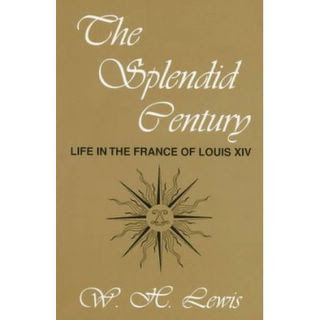 I am aware that when Christians become especially close to one another we tend not to refer to them as friends: rather, we follow the biblical pattern and call them “brothers and sisters in Christ.” A true enough naming, but a distinction needs to be made. After all, when Lewis and Tolkien fell out with each other and for all practical purposes ceased to be friends, they did not cease to be brothers in Christ, a point with which both would have been quick to agree. Friendship, as most commentators on the subject have pointed out, is a willed, a chosen thing (otherwise it could not be a virtue). But we do not choose our brothers and sisters in Christ, nor that larger family of all humanity to which we have unalterable obligations. Bonhoeffer and Bethge were brothers in Christ, but they were also friends; each of them had other brothers in Christ who were not friends, and perhaps friends who were not brothers in Christ.
I am aware that when Christians become especially close to one another we tend not to refer to them as friends: rather, we follow the biblical pattern and call them “brothers and sisters in Christ.” A true enough naming, but a distinction needs to be made. After all, when Lewis and Tolkien fell out with each other and for all practical purposes ceased to be friends, they did not cease to be brothers in Christ, a point with which both would have been quick to agree. Friendship, as most commentators on the subject have pointed out, is a willed, a chosen thing (otherwise it could not be a virtue). But we do not choose our brothers and sisters in Christ, nor that larger family of all humanity to which we have unalterable obligations. Bonhoeffer and Bethge were brothers in Christ, but they were also friends; each of them had other brothers in Christ who were not friends, and perhaps friends who were not brothers in Christ.From an article by Alan Jacobs in FIRST THINGS (December 1992)









